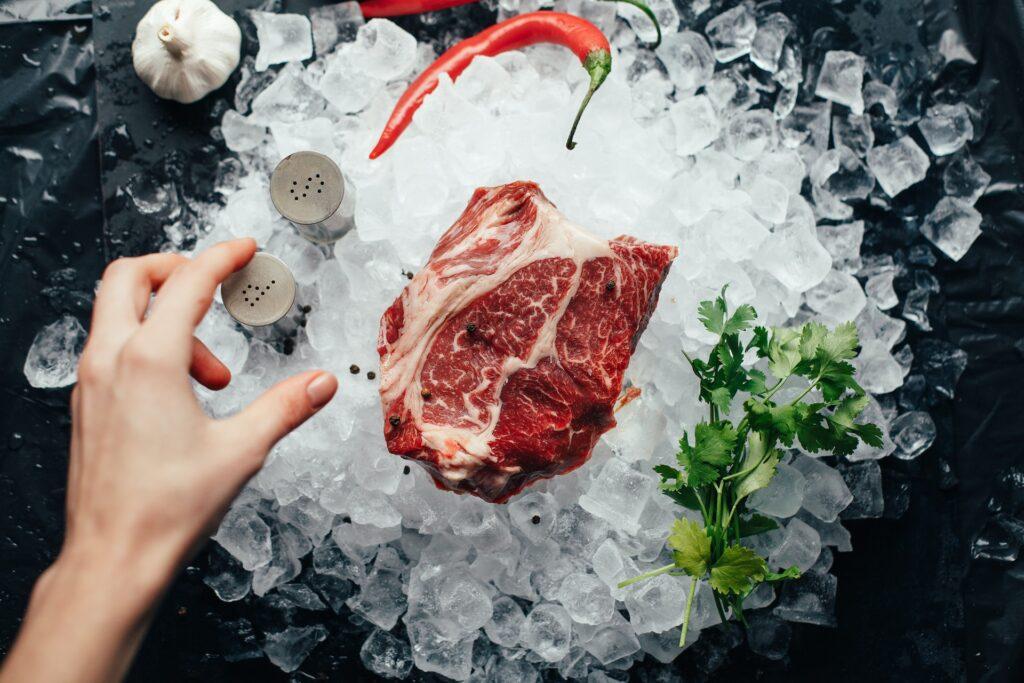This meat costs HUF 100,000 per kilo
Wagyu beef, often fetching prices of up to 100,000 Hungarian Forints per kilogram, has long been considered a delicacy. But what exactly makes this beef so expensive?

Wagyu cattle, originally used as work animals, were considered ordinary until farmers discovered the unique qualities of their meat during butchering. The structure of the beef is unlike any other, with the distribution of fat tissues and muscle fibers creating a remarkably tender and marbled texture.
While this explains some of the premium pricing, it still leaves the question of why certain wagyu beef can reach such astronomical prices on the market. According to Nándor Szilveszter Katona, CEO of Hortobágy Faluvéghalmi Kft., the answer lies in several factors.
Wagyu beef is exceptionally healthy, with a distinctive feature being its saturated fat content, which is interwoven within the muscle tissue rather than merely sitting alongside it. This quality eliminates the need for additional fat or oil when preparing the meat. Additionally, wagyu beef boasts a unique and exquisite flavor profile, further contributing to its high price.
Genetics and market demand also play a role in determining the cost of wagyu beef. Furthermore, these cattle take approximately 36 months to reach the desired weight for butchering, compared to other breeds that only require 16-20 months.
However, the challenges of wagyu farming extend beyond genetics and maturation time. These animals are primarily grass-fed, making them less resistant to extreme winters. Additionally, their dietary requirements can be complex and costly.
Furthermore, preparing wagyu beef is a complicated task. Contrary to appearances, it’s not as simple as following a recipe. Factors like meat quality, thickness, diameter, and temperature all need to be considered, and experience plays a crucial role. Even in restaurants, achieving the perfect wagyu dish can be challenging.
In summary, the high cost of wagyu beef can be attributed to its exceptional qualities, healthy characteristics, unique flavor, genetic factors, and the extensive time and care required for its cultivation.
Related news
Four tons of meat products seized in Röszke
🎧 Hallgasd a cikket: Lejátszás Szünet Folytatás Leállítás Nyelv: Auto…
Read more >European meat imports: external dependence is becoming stronger – Hungary remains a stable exporter
🎧 Hallgasd a cikket: Lejátszás Szünet Folytatás Leállítás Nyelv: Auto…
Read more >The number of cattle slaughters increased by almost a quarter
🎧 Hallgasd a cikket: Lejátszás Szünet Folytatás Leállítás Nyelv: Auto…
Read more >Related news
(HU) A nap mondása
🎧 Hallgasd a cikket: Lejátszás Szünet Folytatás Leállítás Nyelv: Auto…
Read more >Bird flu reappears in Csongrád-Csanád County
🎧 Hallgasd a cikket: Lejátszás Szünet Folytatás Leállítás Nyelv: Auto…
Read more >(HU) A nap mondása
🎧 Hallgasd a cikket: Lejátszás Szünet Folytatás Leállítás Nyelv: Auto…
Read more >







